Yesterday my classmates and I went to Glasgow to visit four pavilions. I would like to make some descriptions of the parts I am interested in. First, in the Hunteria Museum, I learned about the history of ancient Rome, such as the remains of the walls, sculptures and so on. In this pavilion, I also learned about the development of human civilization. What impressed me most was a map of the world in Chinese, which made me feel the prosperity of ancient Chinese civilization again. At the same time, I also saw Egyptian mummies and clothes and fishing nets woven by people in extremely cold areas, as well as huge dinosaur fossils and rich minerals.
- Rome
- Kunyu Quantu
- introduction of Kunyu
- dinosaur fossil
- mineral
The second pavilion is the Hunterian Art Gallery. We first visited some permanent exhibitions on the ground floor, where we were delighted to see pieces with Chinese elements – medical utensils and tableware made of blue and white porcelain. I also saw some interesting paintings and sculptures.
- blue and white porcelain 1
- blue and white porcelain 2
- sculpture
The exhibition upstairs is Derek Jarman’s Mondern Nature, an openly HIV-positive gay artist, which I think is a kind of war against the social environment at the time. This time, Jarman established a home at Prospect Cottage on Dungeness and laid out the now-famous garden. We also watched the film The Garden. I see the film as a summary of my own experience, a protest against the stigmatization of homosexuals and AIDS patients, and an artistic celebration of love and nature. First of all, it is the subversion of religious symbols, the film uses a lot of Christian imagery, such as the cross. At the same time, Jarman likens the garden to the Garden of Eden, meaning that this garden is a place where he can live and breathe, and it is not bound by religious dogma. Second, it is the description of life. At that time, Jarman was at the end of his life due to AIDS, so he had many feelings about life. Finally, by showing the love of homosexuals in the film, it expresses the rebellion and struggle of homosexuals against the secular world. These are also included in his other works of art.
- film
- notes of the garden
- notes 2
- Jarman’s artwork 1
- Jarman’s artwork 2
- Jarman’s artwork 3
- Jarman’s artwork 4
At the Goma exhibition, which I had visited two weeks earlier, I saw the film about African colonization again and came away feeling their pain.
I think it’s a great art form to expose people’s suffering and show them what they’re suffering because the audience can get a concrete picture of what they’re suffering through. But I think the real purpose of showing these sufferings is not to amplify the suffering, but to declare war on the darkness of society through art, in order to seek social progress and popular support. What we should finally have is not darkness again, but light.


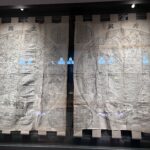
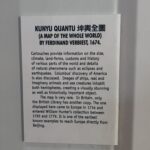
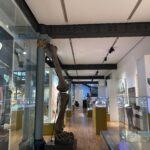
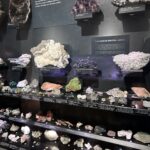
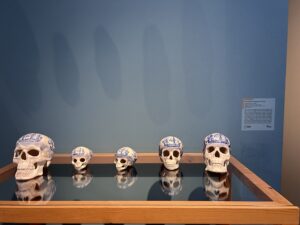
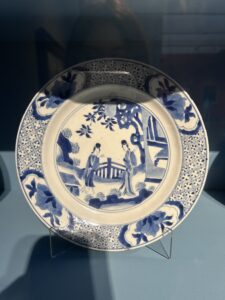
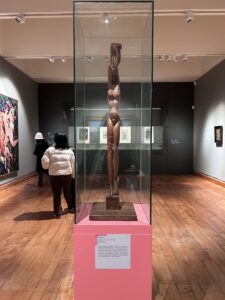
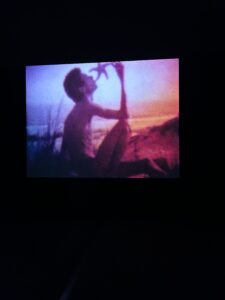
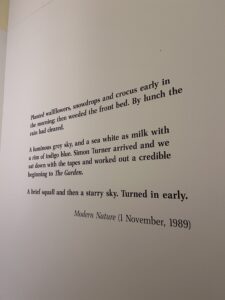
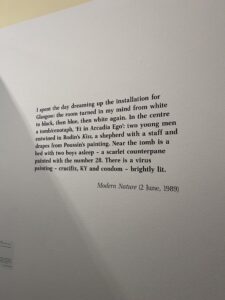
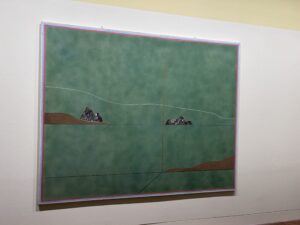
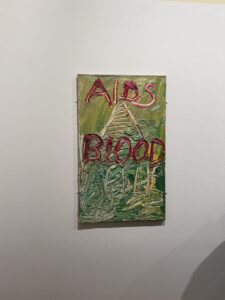
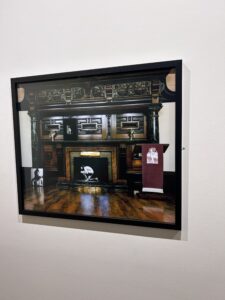
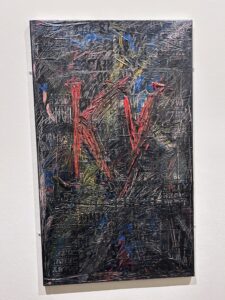


Leave a Reply